KTM, a name synonymous with high-performance motorcycles and off-road racing excellence, has a rich history that spans over eight decades. From its modest start in a small Austrian town to becoming a global leader in motorsports and adventure biking, KTM's journey is a remarkable tale of innovation, perseverance, and success.
Early years of KTM
The story of KTM begins in 1934 when Hans Trunkenpolz opened a metalworking and repair shop in Mattighofen, Austria. Initially focused on repairing vehicles and manufacturing spare parts, the business was known as Kraftfahrzeug Trunkenpolz Mattighofen (KTM). At this stage, the company was far from producing the powerful motorcycles we associate with KTM today.

KTM between 1953–1991
After World War II, with the European economy recovering, there was a growing demand for affordable personal transportation. Recognizing this opportunity, KTM shifted its focus to motorcycle manufacturing. In 1953, the company produced its first motorcycle, the KTM R100. This 98cc, two-stroke motorcycle was a significant milestone, marking KTM’s official entry into the motorcycle industry. The R100 was well-received, laying the foundation for KTM's future success in motorsports.

KTM first race title
The company secured its first racing title in the 1954 Austrian 125cc national championship. In 1956, KTM made its appearance at the International Six Days Trials, where Egon Dornauer won a gold medal on a KTM machine. KTM also secured its first world championship title in the 1960 125cc event with Paul Friedrichs.
KTM built its first sports motorcycle in 1957. KTM's first moped Mecky, was launched in 1957, followed by Ponny I in 1960 and Ponny II in 1962 and Comet in 1963. Ernst Kronreif died in 1960. Two years later, Hans Trunkenpolz also died of a heart attack. His son Erich Trunkenpolz took charge of the company's management.
During the 1960s, KTM expanded its product line to include scooters, mopeds, and bicycles. This diversification helped the company grow, but it was in motorsports where KTM began to carve out its niche. The brand started to gain recognition in off-road racing, particularly in motocross and enduro competitions. KTM’s commitment to innovation and quality quickly made it a favorite among racers, setting the stage for its later dominance in the off-road segment.
1970s: First Championship Wins and International Growth
The 1970s were a pivotal decade for KTM as the company began to establish itself on the global stage. In 1974, KTM won its first Motocross World Championship in the 250cc category, a significant achievement that solidified its reputation as a competitive force in motorsports. This period also saw KTM expanding its operations internationally, with exports reaching more countries and its brand gaining recognition worldwide.

KTM North America
In 1978, KTM North America Inc. was founded in Lorain, Ohio.
Two years later, the company was renamed KTM Motor-Fahrzeugbau KG and one year later KTM had about 700 employees and a turnover of 750 million Schilling (about 54.5 million euros). International business then amounted to 76% of the company's turnover.
1980s-1990s: Diversification and Innovation
KTM continued to innovate throughout the 1980s and 1990s, introducing new models and technologies that would define the brand. The company launched the KTM GS 80 and GS 125 models, which became popular choices in enduro racing. During this time, KTM also diversified into other areas, including the production of radiators and bicycles, further strengthening its market position.
KTM had to halt production in 1988 due to rapidly sinking sales of scooters and mopeds. Erich Trunkenpolz, the company's founder, died in 1989. The Austrian investment trust GIT Trust Holding, controlled by politician Josef Taus, took over a 51% stake in the company that year. However, the company was unable to turn things around and went bankrupt in 1991. The management of KTM was then transferred to a consortium of creditor banks.
The 1990s were marked by KTM’s continued success in motorsports, with multiple championships in motocross and enduro. The company’s dedication to racing technology translated into its production models, which became known for their performance and reliability.

KTM after 1991
In 1992, it was split into four new entities: KTM Sportmotorcycle, KTM Fahrrad, KTM Kühler and KTM Werkzeugbau. Now owned by KTM Motorradholding, which was formed by Cross Holding (a Cross Industries daughter) and other investors, KTM Sportmotorcycle started operation in 1992 and later took over the tooling division KTM Werkzeugbau. In the following years, it increased production and turnover, investing in new production and R&D facilities, introducing new models and successfully sponsoring and taking part in various sports racing events.
The company underwent a series of restructurings and stakeholder changes guided by KTM's managing director and Cross Industries owner Stefan Pierer. In 1994, KTM started production of the Duke series of road motorcycles, in 1996, KTM motocross machines were first decked out in KTM's signature orange color, and 1997 saw the introduction of liquid-cooled two-cylinder Supermoto and Adventure motorcycles.
2000s: Global Expansion and the Birth of the Adventure Series
The 2000s marked a new era for KTM as it continued to expand globally and introduce groundbreaking models. One of the most significant developments was the introduction of the KTM Adventure series, which quickly became a favorite among long-distance riders and adventure enthusiasts. The Adventure series combined KTM's off-road expertise with the comfort and durability needed for long journeys, cementing KTM's place in the adventure bike market.
During this period, KTM also strengthened its presence in the United States and Asia, becoming a global powerhouse in the motorcycle industry. The company's commitment to racing continued, with numerous victories in motocross, enduro, and rally events, including multiple wins at the prestigious Dakar Rally.

KTM, Husaberg and Husqvarna merger
KTM Motorradholding GmbH bought the Swedish motorcycle maker Husaberg AB in 1995 and control of the Dutch firm White Power Suspension
Bajaj Auto bought a 14.5% stake in KTM Power Sports AG in 2007 and by 2013, Bajaj Auto owned 47.97% of the company.
Husqvarna Motorcycles was founded in 1903 and is the oldest motorbike company still operational. In 2013, KTM bought the swedish motorcycle brand from its previous owners BMW Motorrrad AG.
Later that same year KTM merged the brand Husaberg and the brand name "Husqvarna" into Husqvarna Motorcycles after it had been sold to Italian company Cagiva in the 90's.

Photographer: Mitterbauer H.
Final reconstruction
After its final restruction KTM Motorradholding GmbH become KTM AG in 2012 and by 2015 it generated over one billion euros and employed over 2500 people. Three of the four separate companies were now under control of the KTM Group; KTM Sportmotorcycle GmbH, KTM Werkzeugbau GmbH and KTM Kühler GmbH (today WP Radiators) and only KTM Fahrrad GmbH (KTM Bike Industries) remains as an independent company currently owned by Chinese investors.

KTM after 2020
KTM Group, now consisting of KTM, Husqvarna Motorcycles, and GasGas Motorcycles and in 2021 Bajaj Auto sold 46,5% of their 47.97% shares to Pierer Mobility AG in exchange for 49% that company.
Present Day: A Global Leader in Motorcycles and Motorsports
Today, KTM is recognized as one of the leading manufacturers of high-performance motorcycles, with a diverse lineup that includes everything from off-road bikes to street motorcycles and adventure tourers. The brand continues to innovate, pushing the boundaries of technology and design. KTM's dedication to motorsports remains unwavering, with the company consistently competing—and winning—at the highest levels.
KTM’s journey from a small repair shop in Austria to a global leader in the motorcycle industry is a testament to its founders' vision and the company's relentless pursuit of excellence. Whether on the racetrack or the open road, KTM continues to set the standard for performance, innovation, and adventure.

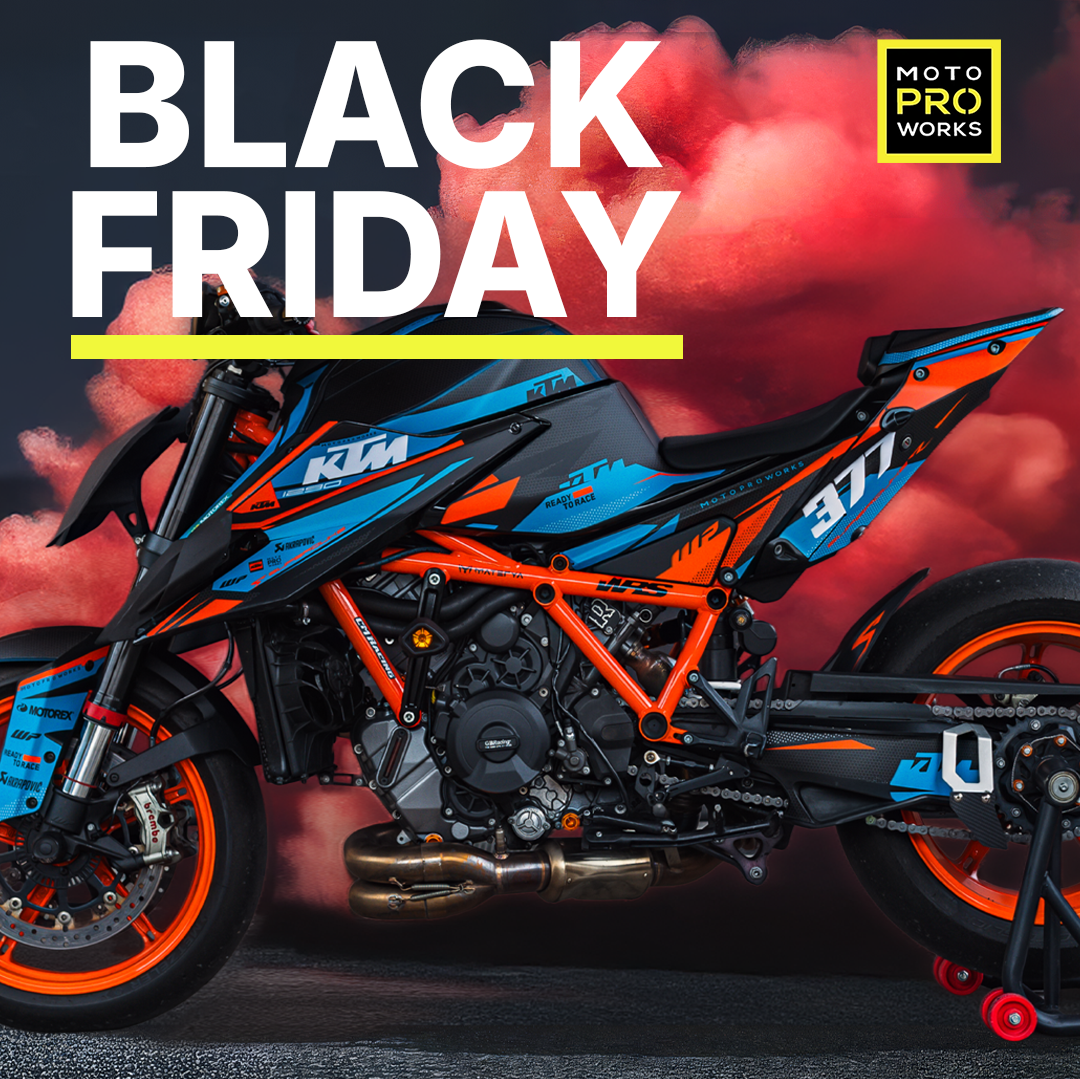
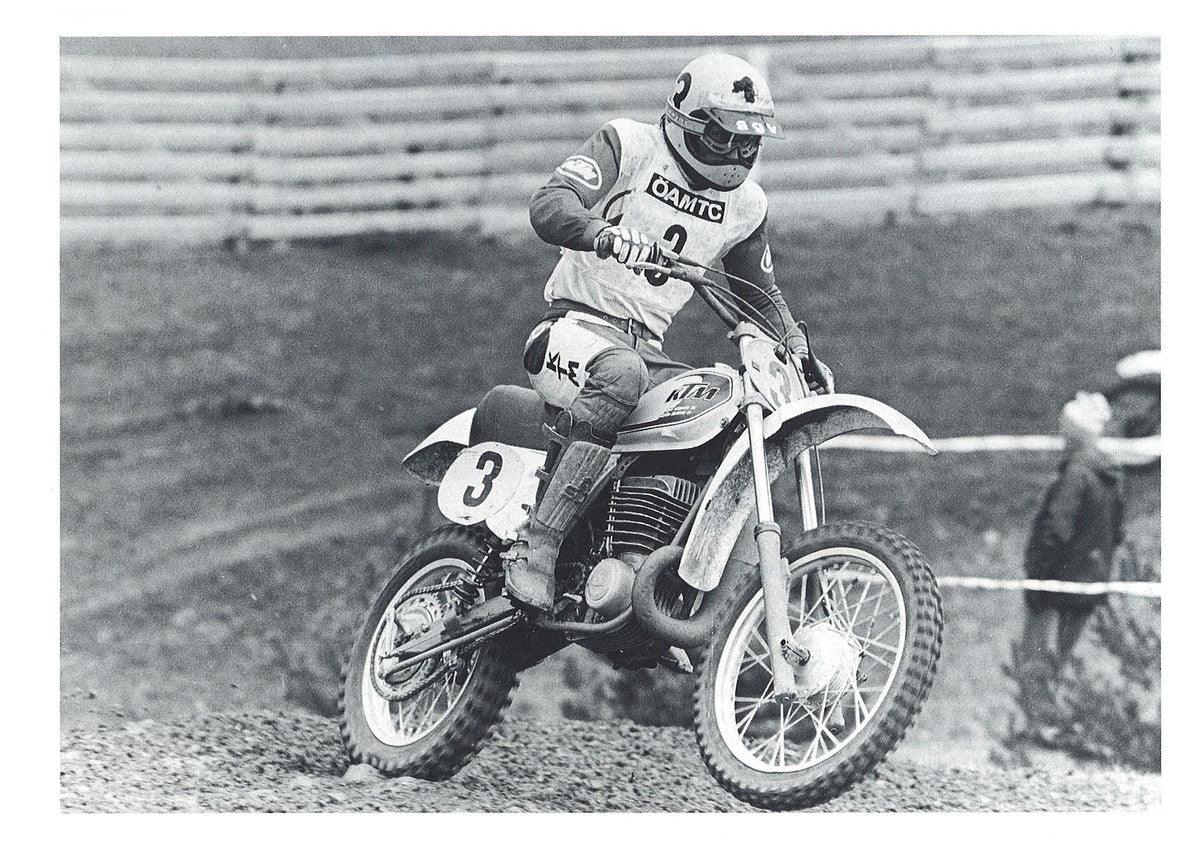
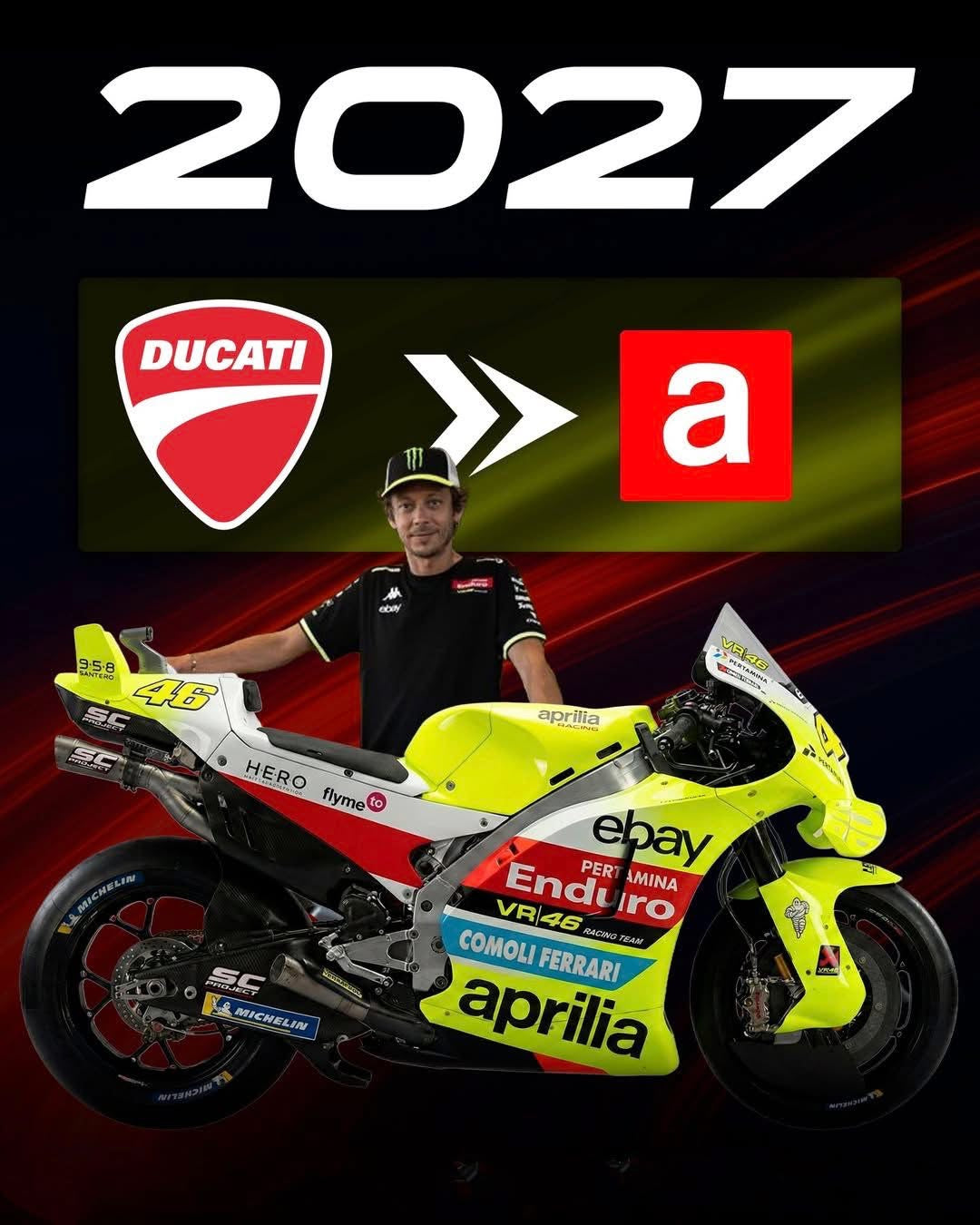
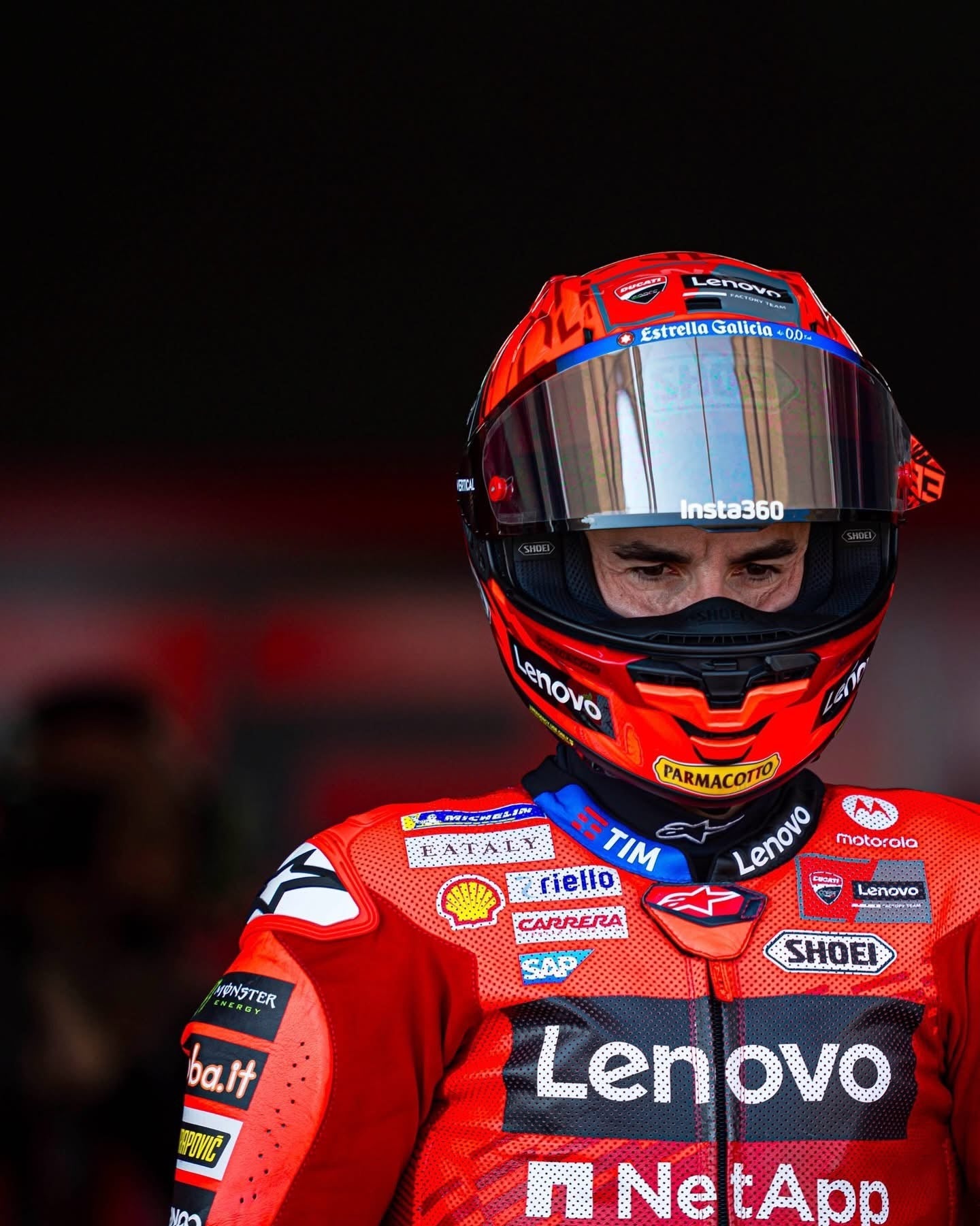

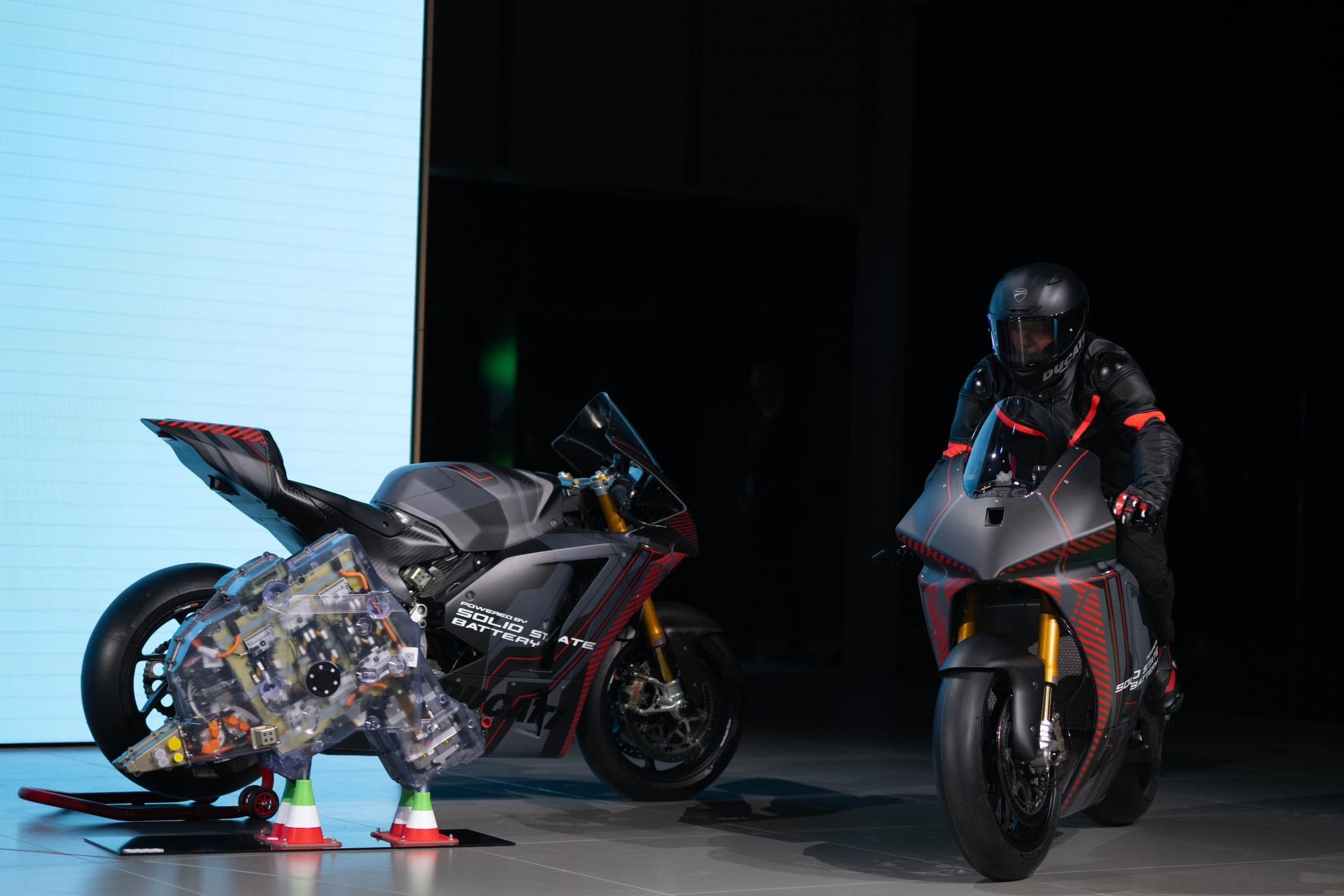
Share:
KTM bikes and models
KTM 690 SMC-R